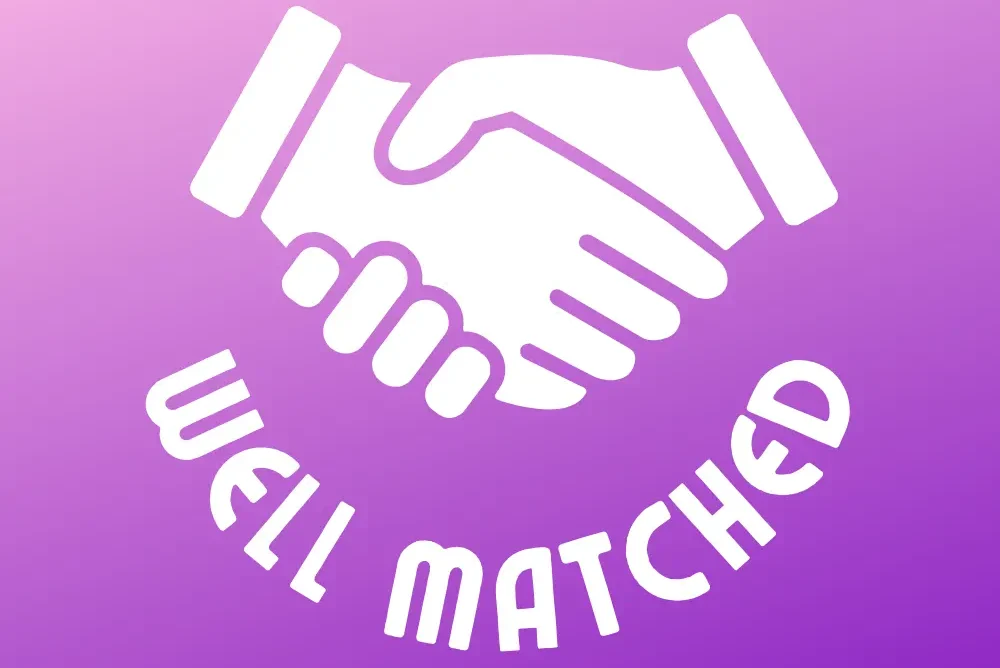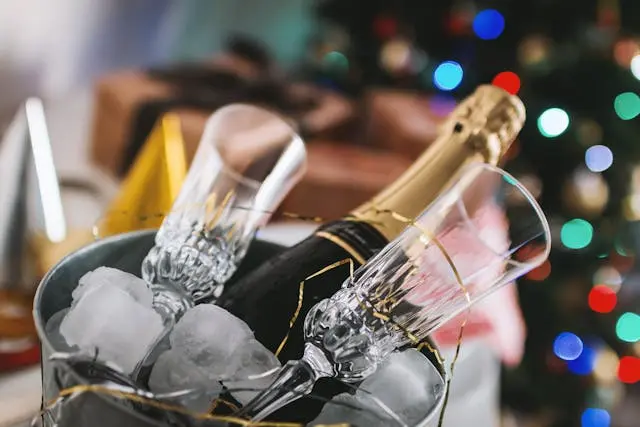Champagne is synonymous with celebration, elegance, and sophistication. Whether you’re hosting a lavish event or enjoying a quiet evening at home, knowing what food goes well with champagne can enhance your experience. This comprehensive guide explores the best food pairings for champagne, providing you with the knowledge to make your celebrations even more special
What Food Goes Well with Champagne?
Understanding Champagne
Before diving into food pairings, it’s essential to understand the unique qualities of champagne. Champagne is a sparkling wine that originates from the Champagne region in France. Its flavors can range from light and fruity to rich and complex, depending on the type and aging process.
Characteristics of Champagne
| Characteristic | Description |
|---|---|
| Origin | Champagne region, France |
| Types | Brut, Extra Brut, Demi-Sec, Rosé, Vintage, Non-Vintage |
| Flavor Profile | Fruity, yeasty, toasty, floral |
| Common Uses | Celebrations, toasts, pairing with diverse foods |
Best Food Pairings with Champagne
Champagne’s versatility allows it to pair beautifully with a variety of foods. Here’s a look at some of the best foods to pair with champagne:
Seafood
Seafood and champagne are a classic combination, highlighting the delicate flavors of both the wine and the seafood.
Why Seafood Works with Champagne:
| Aspect | Description |
|---|---|
| Complements Acidity | Champagne’s acidity cuts through the richness of seafood |
| Enhances Freshness | Highlights the fresh and briny flavors |
| Versatile | Suitable for various types of seafood |
Examples of Seafood Pairings:
| Type of Seafood | Example |
|---|---|
| Oysters | Fresh oysters with a squeeze of lemon |
| Shrimp | Shrimp cocktail with tangy sauce |
| Lobster | Lobster rolls with light mayonnaise |
Cheese
Cheese and champagne create a harmonious balance of flavors, making them a perfect pairing for any occasion.
Why Cheese Works with Champagne:
| Aspect | Description |
|---|---|
| Balances Flavors | Champagne’s acidity balances the richness of cheese |
| Versatile | Pairs well with both soft and hard cheeses |
| Enhances Complexity | Brings out the complex flavors in both the wine and cheese |
Examples of Cheese Pairings:
| Type of Cheese | Example |
|---|---|
| Brie | Creamy brie with crackers |
| Gouda | Aged gouda with sliced apples |
| Cheddar | Sharp cheddar with grapes |
Fried Foods
The crispness of champagne pairs exceptionally well with the richness and crunch of fried foods.
Why Fried Foods Work with Champagne:
| Aspect | Description |
|---|---|
| Cuts through Richness | Champagne’s bubbles and acidity cut through the fat |
| Enhances Crispness | Complements the crispy texture |
| Versatile | Suitable for various types of fried foods |
Examples of Fried Food Pairings:
| Type of Fried Food | Example |
|---|---|
| Fried Chicken | Lightly seasoned fried chicken |
| Tempura | Vegetable tempura with dipping sauce |
| French Fries | Truffle fries with parmesan |
Fruit
Fruit and champagne create a refreshing and light pairing, perfect for warm weather and festive occasions.
Why Fruit Works with Champagne:
| Aspect | Description |
|---|---|
| Enhances Freshness | Highlights the fruity notes in the champagne |
| Complements Acidity | Balances the champagne’s acidity |
| Versatile | Suitable for various types of fruits |
Examples of Fruit Pairings:
| Type of Fruit | Example |
|---|---|
| Strawberries | Fresh strawberries with a hint of sugar |
| Peaches | Sliced peaches with a sprinkle of mint |
| Citrus Fruits | Mixed citrus salad with honey drizzle |
Desserts
Champagne and desserts make for a delightful end to any meal, creating a sweet and celebratory pairing.
Why Desserts Work with Champagne:
| Aspect | Description |
|---|---|
| Complements Sweetness | Champagne’s slight sweetness complements desserts |
| Enhances Flavors | Brings out the nuanced flavors in the dessert |
| Versatile | Suitable for various types of desserts |
Examples of Dessert Pairings:
| Type of Dessert | Example |
|---|---|
| Macarons | Assorted macarons in various flavors |
| Fruit Tart | Fresh fruit tart with creamy filling |
| Cheesecake | Classic cheesecake with berry compote |
Using Champagne in Different Culinary Applications
Champagne’s versatility allows it to be used in various culinary applications. Here’s how you can incorporate champagne into your dining experience:
Appetizers
Champagne pairs well with a variety of appetizers, setting the tone for a luxurious dining experience. Here are some ideas:
Appetizer Ideas:
| Type of Appetizer | Example |
|---|---|
| Canapés | Smoked salmon canapés with cream cheese |
| Bruschetta | Tomato and basil bruschetta |
| Caviar | Caviar on blinis with crème fraîche |
Main Courses
Champagne can also complement main courses, particularly those with rich and complex flavors. Here are some ideas:
Main Course Ideas:
| Type of Main Course | Example |
|---|---|
| Poultry | Roast chicken with herbs |
| Seafood | Grilled salmon with dill sauce |
| Vegetarian | Risotto with mushrooms and parmesan |
Desserts
As mentioned earlier, champagne pairs beautifully with desserts, adding a touch of elegance to the end of the meal. Here are some ideas:
Dessert Ideas:
| Type of Dessert | Example |
|---|---|
| Sorbet | Lemon sorbet with fresh mint |
| Pastries | Puff pastries with cream filling |
| Chocolate | Dark chocolate truffles |
Common Mistakes to Avoid
When pairing food with champagne, there are some common mistakes to avoid to ensure the best experience:
Overpowering Flavors
Avoid pairing champagne with overly strong or spicy foods, as these can overpower the delicate flavors of the champagne.
Ignoring Acidity
Consider the acidity of both the champagne and the food. Pairing champagne with foods that have a complementary acidity will enhance the overall experience.
Overcomplicating Pairings
Keep your pairings simple and elegant. Too many competing flavors can overwhelm the palate and detract from the experience.
Conclusion
Champagne is a versatile and elegant beverage that pairs beautifully with a variety of foods. Whether you choose seafood, cheese, fried foods, fruit, or desserts, each combination brings out a unique aspect of champagne’s character. By following the tips and avoiding common mistakes, you can create stylish and harmonious dining experiences that highlight the beauty of champagne.
FAQs
Can champagne be paired with spicy foods?
While champagne can pair with mildly spiced foods, it’s generally best to avoid overly spicy dishes as they can overpower the delicate flavors of the champagne.
Is champagne a good choice for a casual meal?
Absolutely! Champagne’s versatility makes it suitable for both casual and formal meals, elevating any dining experience.
Can I use champagne in cooking?
Yes, champagne can be used in cooking to add a touch of elegance to dishes such as risottos, sauces, and desserts.
What glassware is best for serving champagne?
Champagne is best served in flute glasses, which help preserve its bubbles and enhance its aroma.
How should champagne be stored?
Champagne should be stored in a cool, dark place, ideally at a temperature of 45-50°F (7-10°C), and served chilled to enhance its flavors and bubbles.
By exploring these food pairings and dining tips, you can create beautiful and harmonious meals that highlight the elegance of champagne. Whether in casual dining or celebratory events, champagne offers endless possibilities for stylish and sophisticated culinary experiences.

